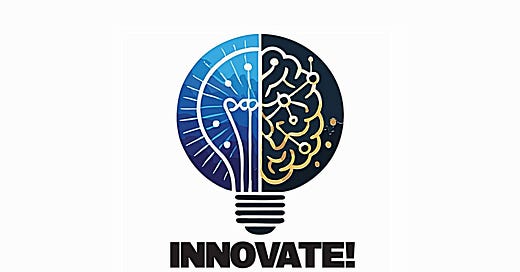Innovate: Guam rising — building the Pacific’s tech and innovation hub
Published at guampdn.com first and third Fridays
published guampdn.com May 16, 2025
Guam stands at the edge of a historic opportunity — an opportunity not only to secure our economic future, but to rise as a strategic keystone in the defense of the Indo-Pacific.
Guam’s location in the heart of the Pacific places it at the frontlines of U.S. national defense strategy.
Yet despite our proximity to key theaters of operation, the U.S. military continues to depend on repair, maintenance, and logistics infrastructure thousands of miles away — costing time, money, and readiness.
The Department of Defense’s Regional Sustainment Framework acknowledges this critical vulnerability, calling for distributed logistics and regionally aligned sustainment capabilities in forward locations like Guam.
Whether it’s ship repair, submarine overhaul, aircraft maintenance, or weapons system sustainment, we can bring these opportunities to Guam.
Therefore, the time has come to establish the Guam Aerospace and Defense Alliance, GADA — a unified public-private partnership entity to lead Guam into a new era as the Pacific Theater’s premier aerospace and defense hub.
Why Guam? Why now?
Recent global tensions and the growing contest for influence in the Indo-Pacific have underscored one truth: Guam’s role is pivotal, and our readiness is paramount.
But readiness is not just a military metric—it is an economic opportunity. We have a choice.
We can do nothing and continue the status quo. Or, we can choose to build Guam’s capacity in maintenance, repair, and overhaul, MRO, services. We can:
• Create hundreds—eventually thousands—of high-paying, skilled jobs.
• Attract public and private investment from around the world, signaling that Guam is “open for business.”
• Develop sovereign capabilities that keep Guam ready, important, viable and prosperous for the long-term — not just for a temporary build up period.
• Leverage the workforce’s defense-focused technical skills to other commercial high tech pursuits.
This isn’t a theory. It’s already happening elsewhere. As mentioned in my previous column, South Australia’s Defence SA transformed Adelaide into a global powerhouse through coordinated government-industry collaboration. Guam can follow this model.
As a public-private partnership, the alliance would not be a government agency. It would not be another layer of bureaucracy. It would be a mission-focused, action-oriented platform that could unlock Guam’s full technology and innovation potential.
The focus of GADA could be broken down into four parts:
1. Workforce development: Scale up training in trades like welding, aviation mechanics, electrical systems, cybersecurity, and heavy equipment repair.
We need certification pipelines and apprenticeship programs built in partnership with the DoD (especially shipyards and industrial depots), industry and local institutions.
2. Targeted development: Pursue specific high-impact workloads, submarine and ship repairs at Apra Harbor, aircraft MRO for Pacific-deployed assets, and depot-level sustainment of vehicles and warfighter equipment—all aligned with economic sustainment strategies.
3. Infrastructure modernization: Promote the upgrade or expansion of roads, power, water, industrial zones, and shipyards. New facilities must be built, not in years—but starting now.
This also includes investments in smart technologies like predictive maintenance, logistics automation, internet-of-things, IoT, and artificial intelligence, AI.
4. Policy and government reform: Continue to streamline permitting, suggest tax incentives, and reform procurement and leasing processes to enable rapid and scalable defense industry growth.
Call to action
The next step is for community leaders to come together and launch the Guam Aerospace and Defense Alliance.
The federal government could designate Guam as a priority node for regional sustainment investment and work to embed public-private partnerships in contracting and procurement actions, as well as ensuring contracting language in defense logistics, maintenance and sustainment contracts operating in the Marianas, including clauses and stipulations for workforce training initiatives with the local community.
Guam can be the anchor of America’s Pacific defense posture and a light of economic vitality.
Let’s innovate and build it together.
Robert Jackson is the president of The M.O.S.T. Services. He is a retired Air Force colonel with 27 years service. Jackson is experienced in acquisition, logistics, business development, quality and process improvement in the federal government and the private sector. He hosts The Innovate Guam Podcast. You can contact him at rob.jackson@themostservices.com.




